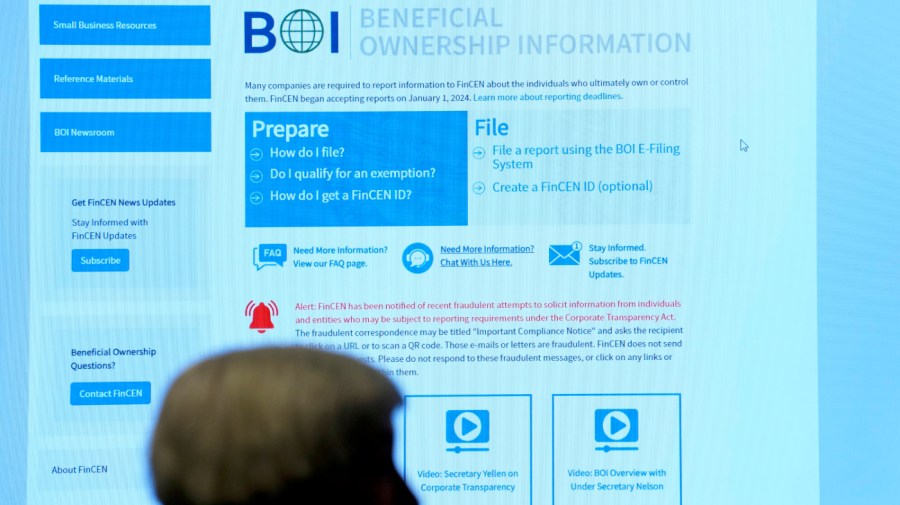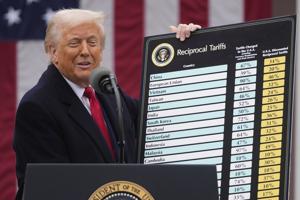Australia is set to implement stricter measures to combat money laundering, addressing significant loopholes that have persisted in its financial system. The Australian government plans to enhance regulations before a deadline of June 30, 2024, amid concerns that the United States is moving in the opposite direction by loosening its own financial safeguards. This shift highlights a growing divergence between the two nations regarding their approaches to financial crime.
The Australian Transaction Reports and Analysis Centre (AUSTRAC) has been at the forefront of these reforms. According to AUSTRAC, the new regulations will require greater transparency from financial institutions, particularly in their reporting of suspicious transactions. The agency aims to close gaps that have previously allowed illicit funds to flow through the system unchecked.
In contrast, the United States has faced criticism for its recent decisions to weaken certain regulatory measures. The Financial Crimes Enforcement Network (FinCEN) has announced plans to roll back some reporting requirements, a move that has raised alarms among advocates for stricter financial oversight. This change comes on the heels of the 2023 National Money Laundering Risk Assessment, which identified significant vulnerabilities in the U.S. financial system.
The gap between Australia and the U.S. is particularly striking, as both countries have historically collaborated on financial crime prevention. The U.S. decision to ease regulations could undermine international efforts to combat money laundering, as financial criminals may take advantage of these discrepancies.
Australia’s new measures include enhanced due diligence requirements for financial institutions, which will be expected to implement more rigorous checks on customers and transactions. This proactive approach aims to deter financial crime before it occurs, rather than merely responding after the fact.
Minister for Home Affairs, Clare O’Neil, emphasized the importance of these reforms in a recent statement: “We are committed to ensuring that our financial system is not used for illicit activities. These changes will help protect our economy and the integrity of our financial institutions.”
As Australia moves forward with its reforms, the country aims to set a global standard for financial oversight. The government hopes that by taking a firm stance against money laundering, it can not only protect its own financial system but also encourage other nations to follow suit.
The implications of these developments extend beyond borders. Financial experts have noted that Australia’s decision to tighten regulations may impact foreign investment, as international firms reassess the risks associated with operating in a country with stringent compliance measures.
As the landscape of global finance continues to evolve, the contrasting approaches of Australia and the United States serve as a crucial case study in the effectiveness of regulatory frameworks in combating financial crime. The outcomes of these differing strategies could have far-reaching consequences for both nations and their roles in the international financial system.
In summary, while Australia prepares to enhance its anti-money laundering regulations, the United States appears to be stepping back from its commitments. This divergence raises critical questions about the future of financial oversight and the ongoing battle against financial crime on a global scale.







